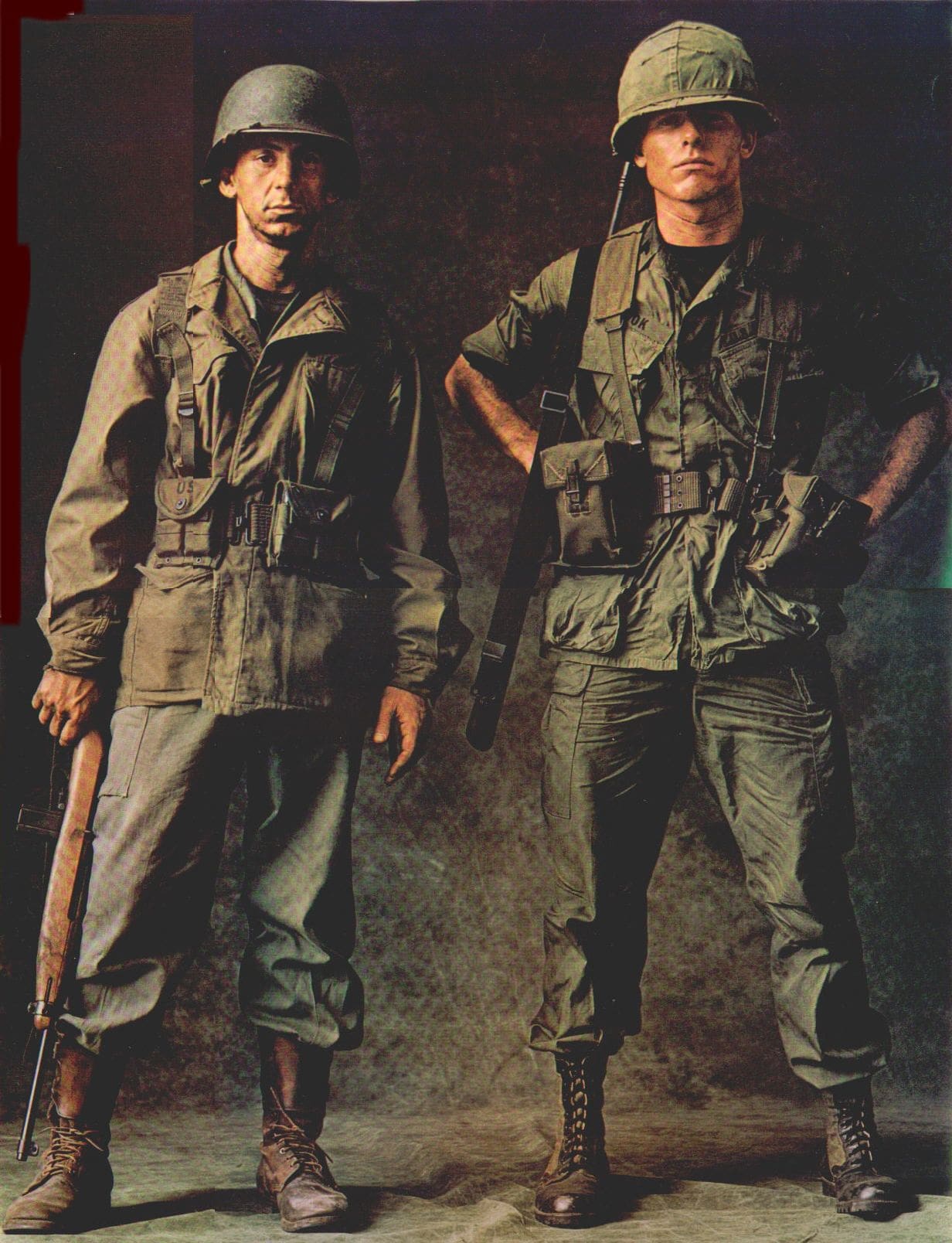
by Gwyn Conaway
In December of 1965, Mary Beth Tinker, her brother John Tinker, and three other students were suspended from their high school for wearing black armbands on school grounds as a form of memorial for the lives lost in the Vietnam War and a call for a Christmas truce. Though they returned to school wearing all black shortly thereafter, they were only permitted to return once they agreed not to wear their black armbands.

The Tinker siblings in 1968, showing off the black armbands that started their five year journey to the Supreme Court.
On the 24th of February of this year, Tinker won a case against Des Moines in the hallowed halls of the United States Supreme Court. In a super majority decision, the Justices ruled that the students were wrongfully suspended and that they had a right to the freedom of speech in educational settings so long as the protest was not a disruption to the public peace. Though the use of black armbands has not been widespread, I suspect that this and other creative uses of clothing will be a hallmark of speaking one’s mind in public spaces moving forward and as an expression of the power of courageous youth.

"Work For Peace" reads on this man's armband at the Congregational Church protest, 1969, following the Tinker decision.
It’s not the first time that the underdog has employed this sort of tactic in the face of institutional power–the zoot suit of Mexico and Black America in the thirties or the Phygian cap and cockade of the French Revolution, for example–but it very well might be the first time in American history that the sons and daughters of the hegemony have taken up a cause in defiance of their predecessors. While these previous examples of fashion in protest were employed by oppressed groups, the majority group of these movements are white Americans from the suburbs.
In other words, an entire generation has signed on to the opinion that America is not as grand as it’s chalked up to be.
In truth, this should be no surprise. Tensions between those who experienced the Herculean efforts of World War II and those that are growing up amidst the morally black devastation of the Vietnam region and the draft simply continue to rise. While the newspapers take a pro-war or neutral stance, young people feel they aren’t being heard. So why not focus on being seen instead?

The Olive Drab uniform (or "OD" uniform), a version of which has been worn since the beginning of the twentieth century, now inspires protest rather than the patriotism it instilled in Americans following WWI and WWII.

Young men wearing OD uniform shirts along with their other protest regalia at an anti-war protest, 1968.
Young men have been defying the shackles of masculine European tradition for several years now, and it’s becoming more and more mainstream to do so. By growing their hair long, they renounce the military draft and clean-cut regulations for soldiers, but it goes much deeper than Vietnam. Growing one’s hair signifies a departure from the expectation that they will uphold the stability of the middle class. Most importantly, though, it signals that young men no longer see themselves as natural aggressors.

Michele Breton, Anita Pallenberg, and Mick Jagger on the set of "Performance", 1968. Notice Mick Jagger's long hair, Turkish tunic, and bell-bottoms.
Men are adopting long natural locks indistinguishable from women and an unisex dress code that includes elements such as tunics, t-shirts, bell-bottoms, sandals, and necklaces. The bell-bottom trend is particularly exciting in this new age, considering that in all of Western history, men’s trousers have always been slim to the shoe, or even tapered to fit the ankle. When our foremothers pioneered paperbag trousers and pyjama suits, the cut hid the line of the leg with a trapeze shape from hip to ankle that swung with one’s walk. Now, bell-bottoms combine both, with a slim thigh and a flared calf for both men and women that is named specifically for that feminine legacy of the swinging gait.
The Tinker v. Des Moines decision confirms the path of an exhilarating but violent future. This young generation of teens and collegiates is now defined by not only its opposition to the war, but by the power of its symbols of protest. Mainly, they understand that one’s identity is inherently political speech. The convergence of the Civil Rights, Women's Rights, Anti-War, and Hippie movements has led to a volatile cocktail that visibly threatens the status quo of Western tradition by adopting more equal and worldly fashions.
I can’t help but worry that we will reach a boiling point soon. What will be the next symbol?
Flowers, perhaps.

![[March 22, 1969] Flowers Are Better Than Bullets](https://galacticjourney.org/wp-content/uploads/2024/03/tinker-kids-1968-672x372.webp)

